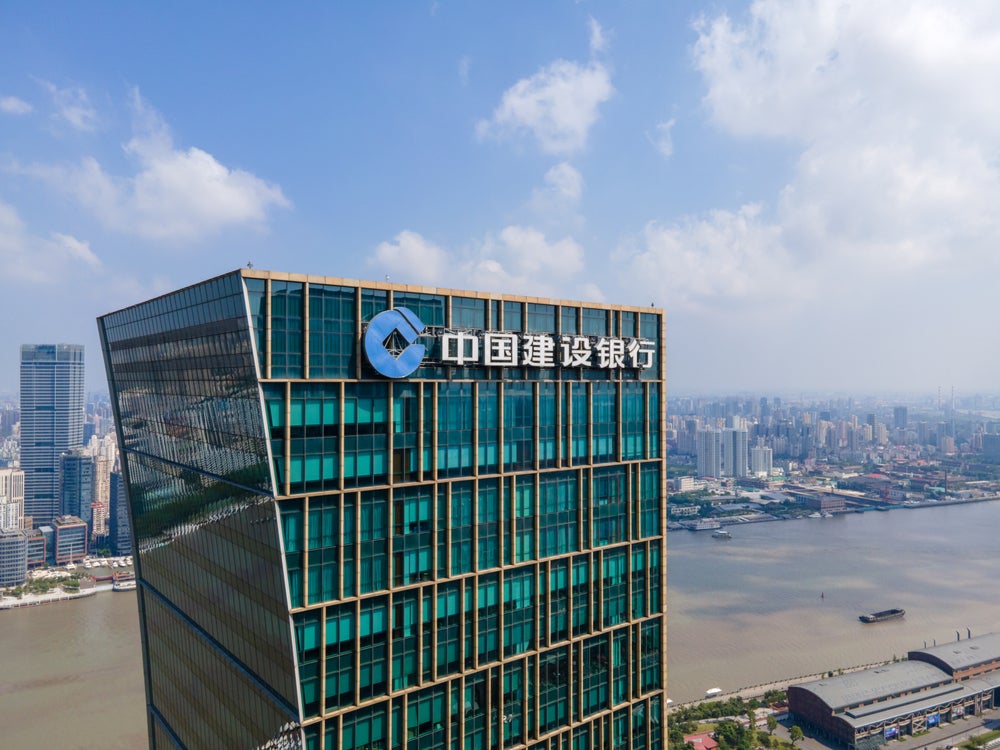
Two years ago, central banks embarked on the most aggressive monetary tightening in decades to restrain the extraordinarily expansive financing conditions deployed during the pandemic, measures that helped to avert a major economic crisis by containing the wave of defaults that had then begun in credit markets.
Benefitting from the strong economic recovery, corporates’ fundamentals have returned to pre-Covid levels. This, along with the stronger yields on offer, has attracted investors back to the corporate bond market, which generated returns in 2023 of 8.40% for US Investment Grade (IG) and 13.50% for High Yield (HY).
However, with the economic cycle appearing to be well advanced, a resurgence in interest rates volatility due to uncertainties over the timing of a Fed easing, growing geopolitical risks, and tight credit valuations, how should investors be positioning themselves in fixed income markets?
The credit cycle – a roadmap for effective positioning
Credit cycles refer to the recurring pattern of expansion and contraction in credit availability and pricing within an economy. They are characterised by shifts in lending standards, credit demand, and overall market conditions. They are notably influenced by economic conditions, monetary policy, and market sentiment, and have a large impact on borrowing costs, investment decisions, and overall economic activity. Credit cycles typically consist of four phases: downturn, credit repair, recovery, and expansion/late cycle.
Where do we stand in the current cycle?
A number of indicators suggest that the US credit cycle is currently in its expansion/late cycle phase, starting with strong, albeit declining, economic growth (1.6% in 1Q24 vs. 3.4% in 4Q23), and inflation of 3.5% as of end of March, which should force the Fed to maintain its restrictive policy for longer.
These developments should further restrict financial conditions, which have eased considerably since last year against a backdrop of resilient economic growth, enabling companies to refinance on capital markets, albeit at a higher cost. At time of writing, the yield offered in US IG corporate bonds markets stands at 5.74% according to ICE BofA indices (close to 15-year highs), and at 8.29% for US HY.
How well do you really know your competitors?
Access the most comprehensive Company Profiles on the market, powered by GlobalData. Save hours of research. Gain competitive edge.

Thank you!
Your download email will arrive shortly
Not ready to buy yet? Download a free sample
We are confident about the unique quality of our Company Profiles. However, we want you to make the most beneficial decision for your business, so we offer a free sample that you can download by submitting the below form
By GlobalDataHigher yields, abundant liquidity, and a sustained risk appetite – as evidenced by the outperformance of the riskier credit segments over the past two years – have all contributed to a renewed interest in corporate debt, which has led to a significant tightening in credit spreads, now flirting with historical lows.
This access to capital markets has thus enabled issuers to improve their debt maturity profile, a priori reducing their refinancing risk in the coming years. Corporate fundamentals also improved sharply in the aftermath of the pandemic, benefiting from a strong economic recovery, with leverage and solvency ratios returning to pre-Covid levels. However, we are seeing a slight deterioration of late owing to higher borrowing costs and slower earnings growth.
This slight deterioration is unlikely to trigger a massive wave of defaults for now, but we are starting to see some cracks. As such, S&P recently reported the highest number of defaults globally since 2009 in the year to the end of February, with defaults mainly concentrated in CCC ratings. Notwithstanding, S&P anticipates a default rate on US speculative debt not exceeding 4.75% by year-end (vs. 4.5% in 2023), albeit mentioning a rate of 6.75% in its pessimistic scenario of recession and stickier inflation, forcing the Fed to keep its key rates higher for longer. A scenario that would suddenly become more plausible in the event of the materialisation of one of the many current latent risks and push the credit cycle into the downturn phase.
Implications for fixed income portfolios
While the Fed seems to have succeeded in achieving a soft landing in the current monetary tightening cycle, risks for a harder landing remain with the most significant being persistent inflation. What is certain is that the Fed’s room to manoeuvre is shrinking, and it seems to be preparing the markets for higher-for-longer rates, which will no doubt continue to generate volatility in rates and credit markets.
If history is any guide, these considerations, along with relatively tight valuation levels, advocate for a cautious positioning in corporate bond markets, implying a reduction of credit risk in portfolio and favouring high-quality IG corporate bonds as well as US Treasuries.

Xavier Sanjurjo is Research and Product Manager, REYL Intesa Sanpaolo






